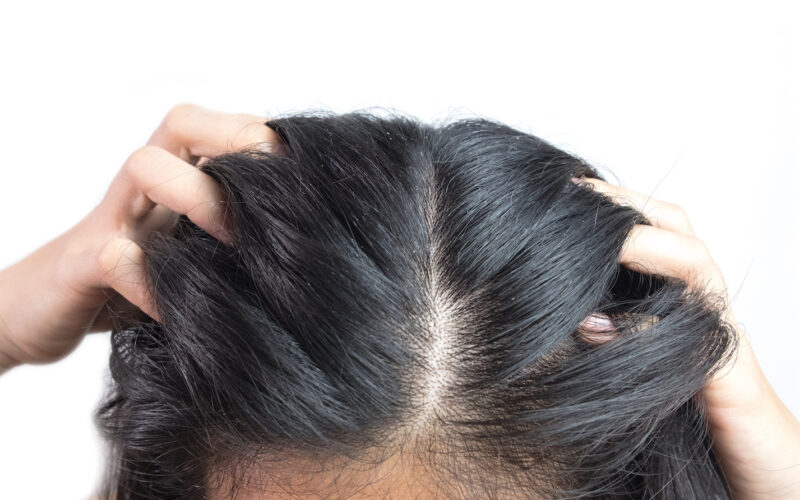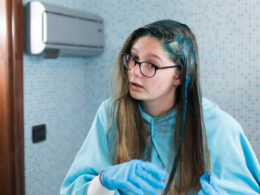“Forget not that the earth delights to feel your bare feet,” wrote Kahlil Gibran, “and the winds long to play with your hair.” No disrespect to the revered poet and writer, but Gibran must never have endured a bad case of dandruff. If he had, he wouldn’t have wanted anyone — including the wind — near his flake-flecked locks.
Plenty of us have experienced the itchy embarrassment of dandruff. But many of us don’t realize what causes it, or the most effective way to treat it. For answers to your most pressing questions, we turned to Stephanie S. Gardner, a medical, surgical and cosmetic dermatologist who’s been in private practice for 23 years in Atlanta, Ga.
What causes dandruff?
Your flakes may not just be caused by a dry scalp — it could be an allergy. While an exact cause isn’t known, says Gardner, “Studies suggest that dandruff may be an inflammatory reaction to proliferation of a yeast called malassezia that grows on the skin. We think that malassezia produces toxins that irritate and inflame the skin among patients who have a resistance to the yeast.” The condition occurs most often during the change of seasons and among those who sweat profusely.
Does dandruff appear only on the scalp?
Not always. “Dandruff can also occur between your eyes and on the brows, around your nose and lips, inside and behind the ears — even on the chest and back,” says Gardner. And it’s not only adults who are affected: Many infants develop “cradle cap,” a yellow, oily and scaly variety of the condition.
What’s the best way to treat it?
Luckily, dandruff is highly treatable, no matter where it occurs. For most people, says Gardner, anti-dandruff shampoos will do the trick, but only if you allow them to sit on the affected area — the scalp or elsewhere — for five minutes before rinsing. “It’s perfectly safe to massage the shampoo right into the skin” — even into an infant’s scalp, says Gardner. Different anti-dandruff shampoos contain different active ingredients, including zinc pyrithione (found in Head & Shoulders), selenium sulfide, salicylic acid and tar.
What if my dandruff persists?
If regular shampooing doesn’t keep your condition under control, rub a bit of one percent hydrocortisone cream — available over the counter — right into the affected area. On the scalp, let it sit for five minutes before rinsing, advises Gardner. For more resistant cases, your doctor may prescribe a lotion or foam version of topical corticosteroid. For truly problematic cases, says Gardner, “We have something called coal tar,” which is messy and smelly but may clear things nicely. And in rare, severe cases, your dermatologist may prescribe Accutane, an acne medication that suppresses sebaceous gland activity. If none of these methods brings relief, your doctor may order tests to find out whether a broader disorder, like zinc deficiency, is causing your symptoms.
How can I prevent dandruff?
Daily, gentle shampooing will prevent dandruff buildup, says Gardner. While dandruff can be brought on by unavoidable illness (like the flu), two other major triggers — too much stress and too little sleep — are easier to control. So if you can reduce worry and increase your Z’s, you may see a difference not only on your scalp, but the rest of your skin as well.








